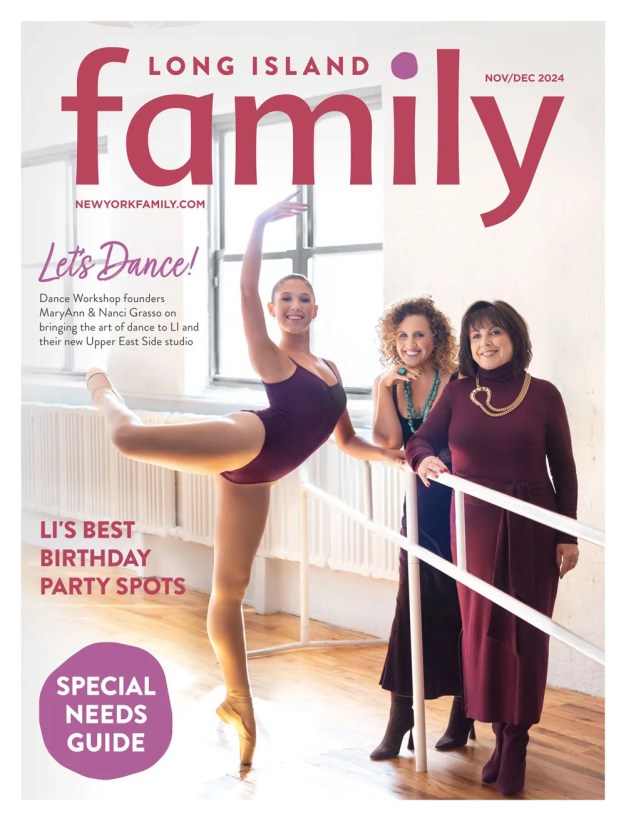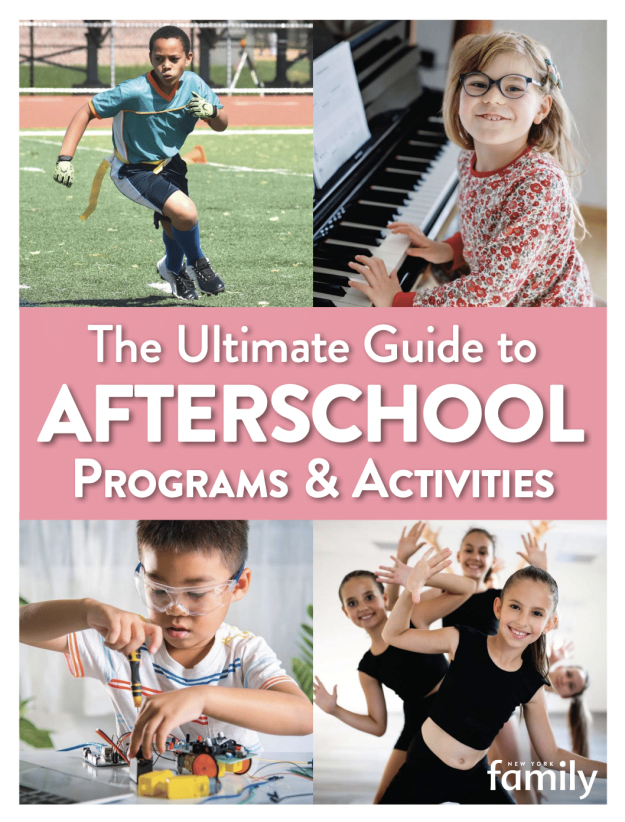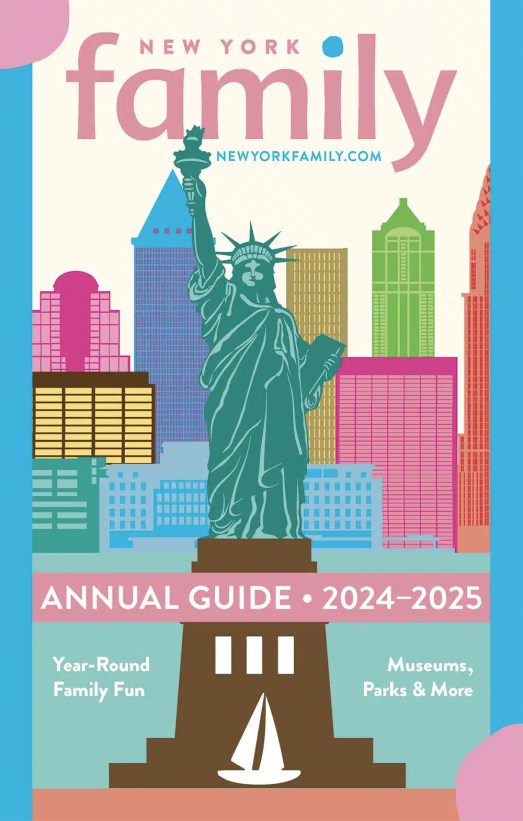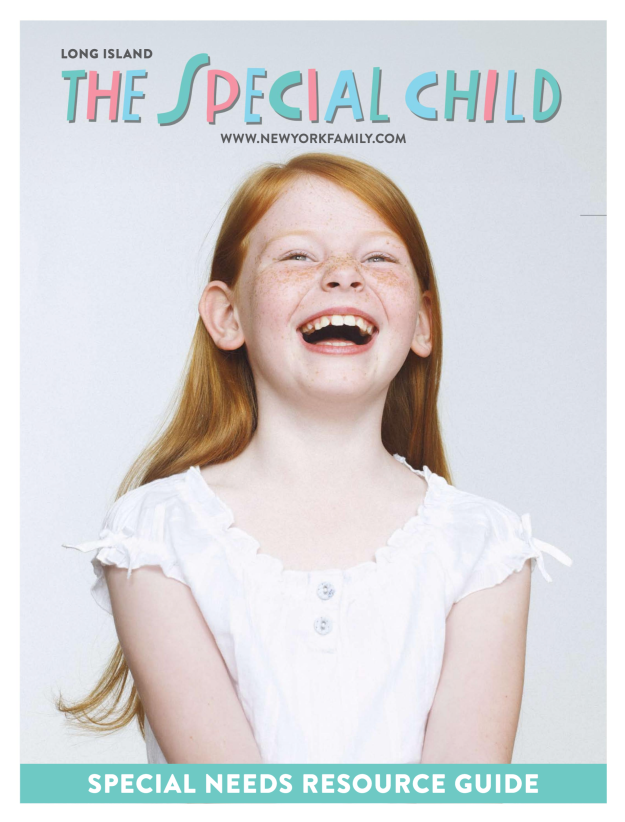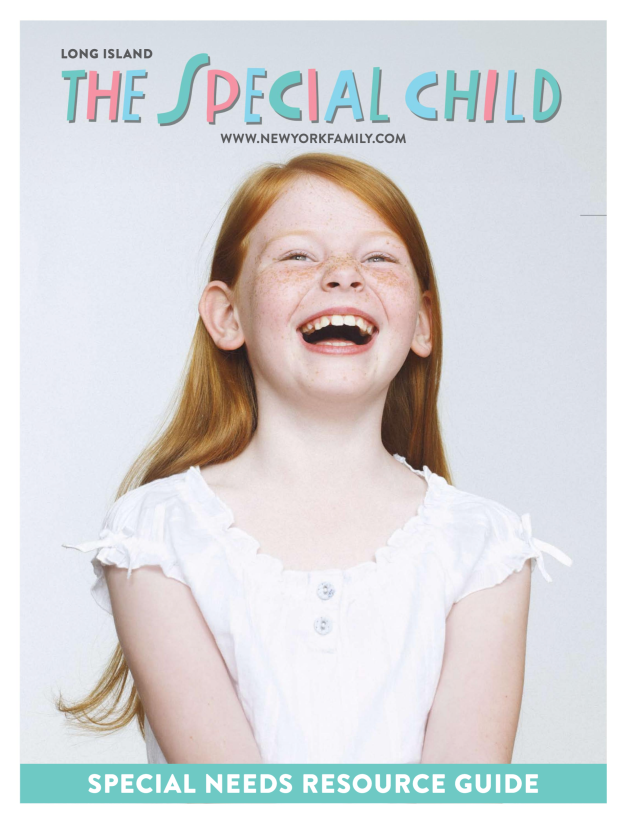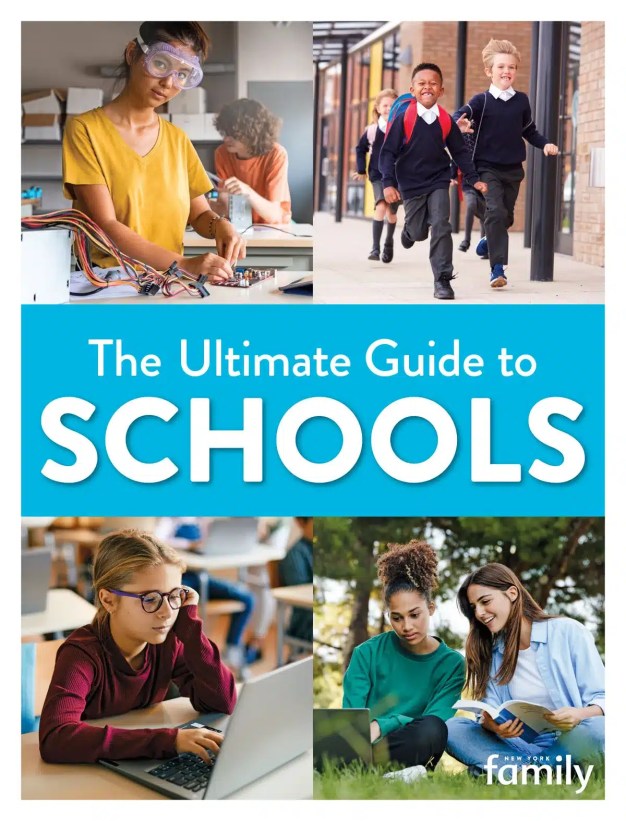 Rhythm. Take a moment to close your eyes and connect with your breath. After you push through your thoughts and surrender to the task of observing your breath, you may start to notice a natural rhythm occurring: the rise of your inhale, the peak of breath, and the exhalation completing the cycle. Then the pattern slowly starts over again.
Rhythm. Take a moment to close your eyes and connect with your breath. After you push through your thoughts and surrender to the task of observing your breath, you may start to notice a natural rhythm occurring: the rise of your inhale, the peak of breath, and the exhalation completing the cycle. Then the pattern slowly starts over again.
This hypnotic pattern can be a powerful coping tool for a woman in labor. When a woman can find a rhythm, it helps her regulate her breathing, establish a ritual for the contractions, and slip into the parasympathetic nervous system, the rest-and-relax stage. In this state, the woman’s adrenaline level is lowered, allowing for the labor hormone—oxytocin—to flow and help move her labor forward.
Sometimes the rhythm a woman embraces simply follows her breath, while other times she links her breath to movement or words. I once had a doula client spontaneously chant: “I’m okay. My baby’s okay,” as she swayed from side to side in her partner’s arms. She stayed with this coping method for well over an hour, rhythmically shifting her body, and helping her baby navigate its way through her pelvis.
Recognizing and supporting the rhythm a woman establishes is a huge responsibility of the birth-support team, aka “the birth posse.” Instead of asking a laboring woman how to rate her pain level, it’s more effective to observe her to see if she’s shifting from coping to suffering. There are often recognizable signs a woman has passed from managing her contractions to suffering (beyond screaming and writhing). When a laboring mom loses her rhythm, it’s a sign that she is suffering, and it’s time for the birth posse to step in and momentarily take charge.
During my labor with my second child, I have a very clear memory of starting to spiral into suffering. I was on my bed, leaning over the birth ball as the contractions came crashing down on me. I was no longer handling the contraction with my breath but instead started to get angry about the intensity of labor. Fortunately, my birth posse—my doula, midwife, and husband—recognized this unraveling and swiftly helped me into the shower. Even though I had insisted I didn’t want to move, it turned out to be the right call. While leaning against the wall, embracing the warm flow of water down my back, I quietly found peace in the seclusion of the shower and reestablished my breath and rhythm.
[gravityform id=”15″ title=”false” description=”false” ajax=”true”]
In my recent podcast, I spoke with Penny Simkin, a renowned childbirth authority and co-founder of DONA International (formerly Doulas of North America), about the importance helping the mother get back to her rhythm. “Fatigue and discouragement may get her out of her rhythm, and if we don’t get her back, she may end up with trauma. When a woman has been trying and trying and trying and she doesn’t get anywhere, she starts to fall into mental defeat, a symptom of suffering,” she explains.
The loss of the mother’s rhythm is a warning sign that the birth posse needs to step in and guide her back. The birth posse also needs to be prepared to help the mother on the other side of birth, especially if she feels traumatized, by allowing her the space and support to process her birth story, never denying her reality or invalidating her birth experience.
One way that women can help prepare for labor is to find a practice that emphasizes a relationship between breath, rhythm, and relaxation, such as meditation or prenatal yoga. With this foundation, a woman will have the tools to draw upon in order to cope with discomfort.
Happy birthing!
Debra Flashenberg is the founder and Director of the Prenatal Yoga Center. She is a certified labor support doula, Lamaze Childbirth Educator, and certified prenatal yoga instructor. She is continuously in awe of the beauty and brilliance of birth and is the proud mother of her son, Shay and daughter, Sage. Visit prenatalyogacenter.com for more info!





